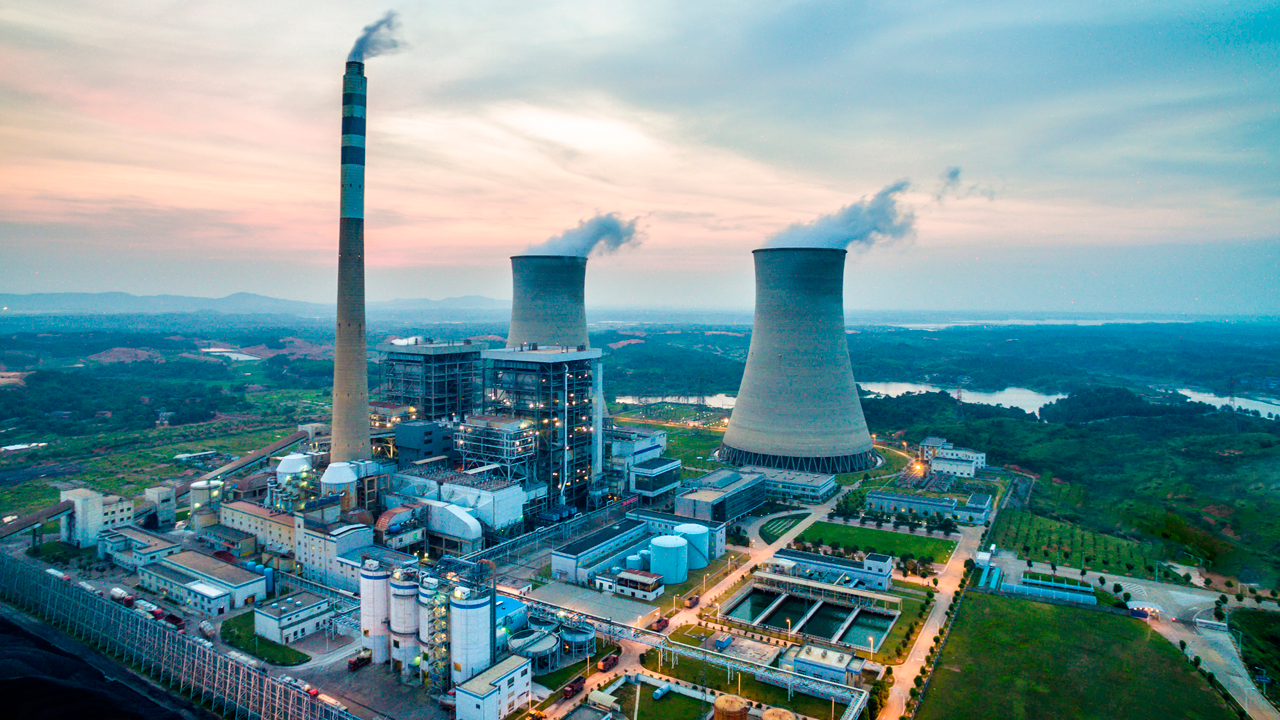
Nuclear energy is a pillar of our modern electrical world. It powers nearly 20 percent of all electricity generated in the US and constitutes the single largest source of power generation that doesn’t emit greenhouse gases.
But while nuclear energy plays an important role in our power needs, it carries with it an enormous responsibility for safety precautions. Incidents like 2011’s Fukushima Daiichi nuclear disaster in Japan, triggered by an earthquake and a related tsunami, drew worldwide attention to nuclear safety issues and highlighted the importance of reliable materials.
Researchers at the University of Minnesota’s College of Science and Engineering will soon begin testing a new material to see if it can better serve as the hard outer shell, or cladding, around nuclear fuel rods that prevents radiation leaks. Previous studies suggest this material, called silicon carbide matrix composite, may prove to be a more reliable barrier between the highly radioactive uranium pellets inside of a fuel rod and the coolant water outside of it than zirconium alloy, the material typically used today.
“This material is new; we don’t have much data or knowledge yet of how it responds under this condition,” said Jia-Liang Le, Ph.D., associate professor in the Department of Civil, Environmental, and Geo- Engineering (CEGE) and principal investigator on the project. “This particular project is basically looking at the reliability of this material in a complex loading scenario—where multiple stresses are working in different directions.”
Le and co-principal investigator Joseph Labuz, Ph.D., department head of CEGE, will collaborate with the US Department of Energy’s Oak Ridge National Laboratory in Tennessee for the project. Funding comes from a three-year, $800,000 grant from the Nuclear Energy University Program of the Department of Energy.
What’s in a Material?
Why research new materials for fuel rod cladding? While the presently used zirconium alloy has been generally safe, the Fukushima disaster highlighted its potential instability in extreme situations—and the value in finding a reliable alternative.
At Fukushima, failed cooling systems allowed conditions to get so hot that the zirconium alloy warped and split, causing a radiation leak. Experts believe the alloy also reacted with steam in the reactor to form explosive hydrogen gas, and the resulting blasts further spread radiation to the surrounding area.
When it comes to silicon carbide composite, the term “strong” is an understatement. The material can withstand about 250 megapascals (pascals are a metric system unit measuring pressure)—or over eight times what concrete can handle at 30 megapascals in compression. But what makes silicon carbide so promising for fuel rod cladding is that it stays strong even when exposed to radiation. That’s not true of many materials, which tend to degrade from long-term exposure to radiation.
It will be Le and Labuz’s job to determine how likely the silicon carbide composite is to fail. As civil engineering experts, they know that everything humans can design has some risk of failure. Better design and materials help to reduce that risk as much as possible. The design of civil infrastructure typically requires a risk of failure of less than 1 in 1,000,000 (or 0.0001 percent). This risk design level could be even lower for nuclear structures.
But how “failure” is measured still needs to be determined. The term may evoke images of total collapse, but even small cracks or defects could be enough for radiation to slip through. Should failure be the first crack in the material, or a more extensive amount of damage?
“This is also part of the research: We have to look at how we define failure,” Le said, adding that such criteria could ultimately affect how expensive the cladding would be to use and how often the cladding would need to be replaced.
To determine the material’s risk, the researchers will first design a testing environment that mimics the actual stress state that cladding faces in a reactor. Collaborators at the Oak Ridge Lab will provide data that helps Le and Labuz accurately simulate these conditions. Over the course of dozens of tests, the researchers will look for any variations between how the material performs. Then they will extrapolate that information into a physical model that estimates the overall probability of failure.
Following the tests, both U of M and Oak Ridge research teams will examine the tested materials using imaging tools like micro-computed tomography (an X-ray-based imaging technology that scans an object to create a 3D model) and acoustic emission testing (which uses ultrasound waves) to examine the material for cracks and other evidence of damage.
![]()
Potential to Change the Industry
Le expects to begin research in October. While it’s still too early to say whether the silicon carbide composite will succeed as a better material for fuel rod cladding, the potential of a successful application would be extensive.
If the material works, it would be usable in any light water reactor—which is the type of reactor that all 99 of the commercial nuclear power plants in the US use, according to the US Nuclear Regulatory Commission. Its influence could also extend worldwide, as about 85 percent of all nuclear energy reactors on the planet fall into this category, according to the World Nuclear Association.